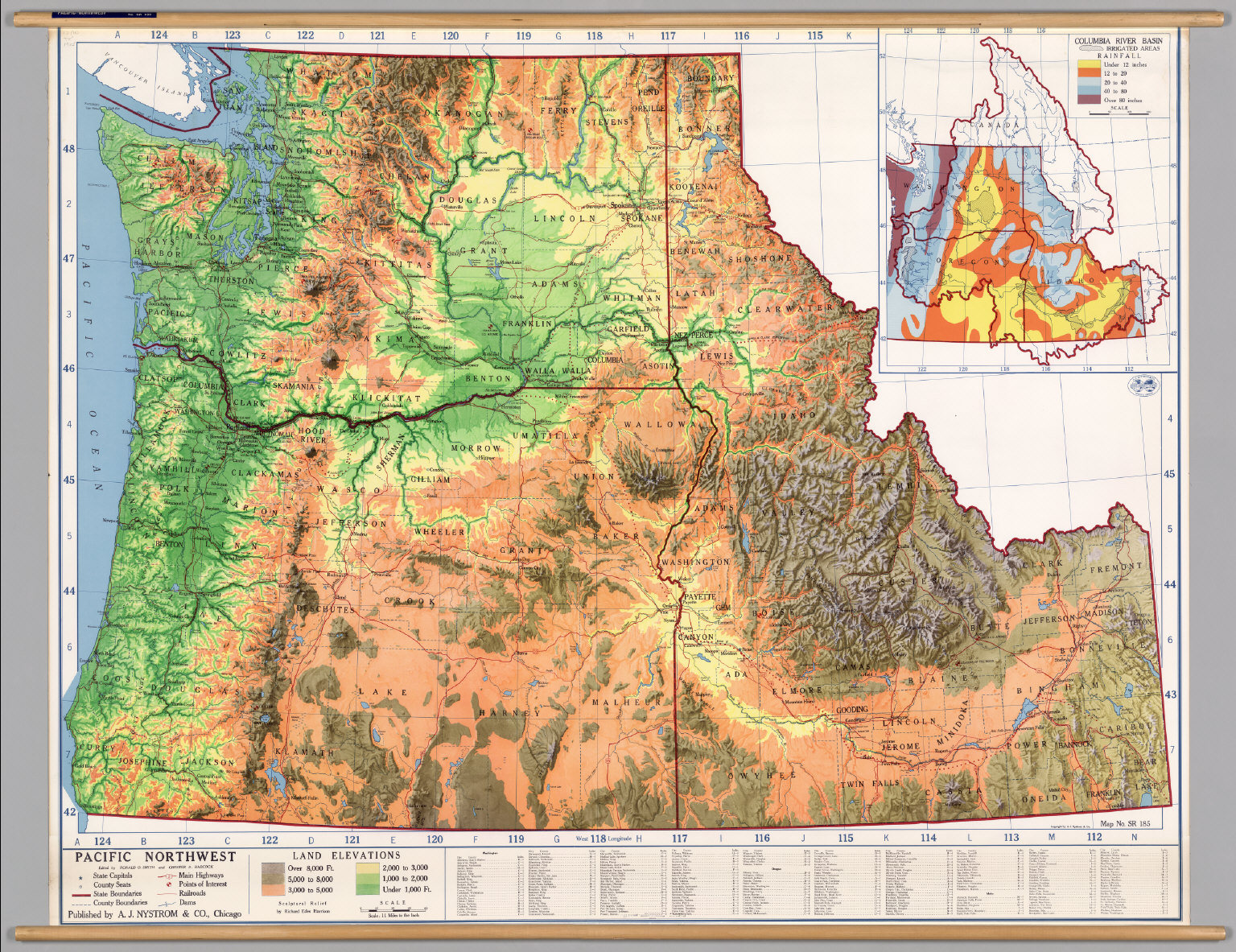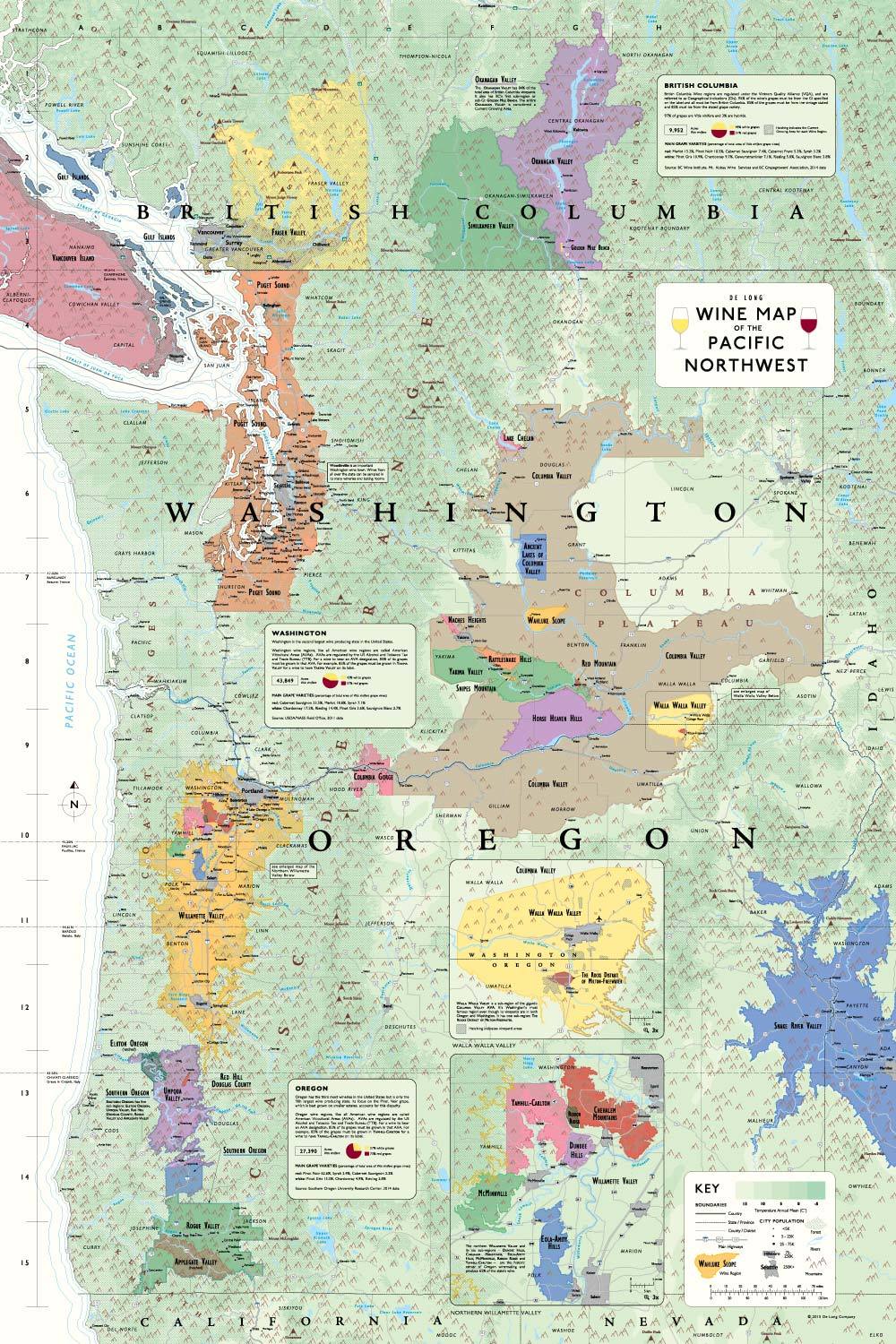

To get the (approximate) mileage between these points, you can subtract the westbound mileage at Oyster Dome (about 923 miles) from the mileage of the trail at Cape Alava (1,217 miles). Cape Alava is on the Pacific Coast in Section 10, page 122. 0000P).įor example, Oyster Dome falls in the Chuckanut Mountains in Section 7, page 090. These waypoints, are called out on the maps with the distance from the eastern terminus in Montana (the trailhead where the PNT starts or ends) to a given point on the trail to the west (ex. Our maps and the most accurate guidebook for the PNT, Tim Youngbluth’s PNT Digest, reference a common set of GPS waypoints. PNTA strip maps show each of the 10 sections of the Pacific Northwest Trail separately.

We continuously advocate for opportunities to create a better experience for trail users so that the future trail is safer, more enjoyable, and exceeds the expectations of a National Scenic Trail. The PNT is still in the process of change. In other cases, alternate routes may be better trails for horse riders where the main route is impassable or closed to stock. The Primary route is the route which the Pacific Northwest Trail Association, in partnership with local land managers, has developed in the time since, in order to address practical issues on the ground.Īlternate routes are routes which may have been part of the vision for the trail at one point, or they may simply be other ways for hikers to get to the same place, developed to address closures or other trail conditions. The Congressional route is the one officially designated by Congress in 2009 when the PNT became a National Scenic Trail.
Map of pacific northwest full#
Ron Strickland’s original full length guidebook describes both a Practical route (one possible to hike at the time of writing) and suggestions for an Ideal route that could be built in the future to fulfill his vision for the ultimate hiking experience. The PNT is a relatively young trail in comparison to the Appalachian Trail and Pacific Crest Trail and is therefore still in a period of growth and change. The PNTA’s strip maps show multiple route options. They also encourage responsible use by communicating the Leave No Trace Seven Principles as applied to the Pacific Northwest Trail. Official PNTA maps and hiking apps protect the Pacific Northwest Trail by sharing important rules and regulations of local land managers.

If routes that involve trespassing are promoted within the trail community, via third party maps or user generated routes, it erodes goodwill for the trail and weakens our position to negotiate for the ideal trail corridor of the PNT. These kinds of user-generated routes may inadvertently cross significant portions of private property where no easements or land use agreements are in place. In some areas, easier, or more direct options may exist on the ground, but access is not guaranteed. The route shown on the PNTA’s mapset and on our official hiking app, produced through a partnership by Atlas Guides, describes the current route of the Pacific Northwest Trail. While the PNTA works toward solving routing issues on the PNT, we remind our trail’s users that they are effectively acting as ambassadors for the trail. Until then, making the effort to be fully prepared for an adventure on the PNT is key to having a safe and enjoyable trip. Today, the PNT offers an experience that may be more challenging and rugged than it will be a generation from now. Like they originally were, the PNT has largely been cobbled together from a network of pre-existing hiking trails through the backcountry but also: bike paths, old rail beds, dirt roads, paved roads, bushwhacks, cow paths, and beaches. This chapter in the story of the PNT is a familiar one it’s very similar to the stories of the Pacific Crest and Appalachian Trails, which earned federal designation fifty years ago, when the National Trails System Act of 1968 was first established. Advocacy work by the PNTA, financial support from our members, and countless weekends spent working on the trail by dedicated volunteers, are all part of story that unfolds across generations. It earned federal designation very recently, in 2009.Įach long-distance trail has its own story that chronicles how it transformed from an idea into to a more refined and continuous pathway. Of America’s eleven National Scenic Trails the PNT is among the newest.


 0 kommentar(er)
0 kommentar(er)
